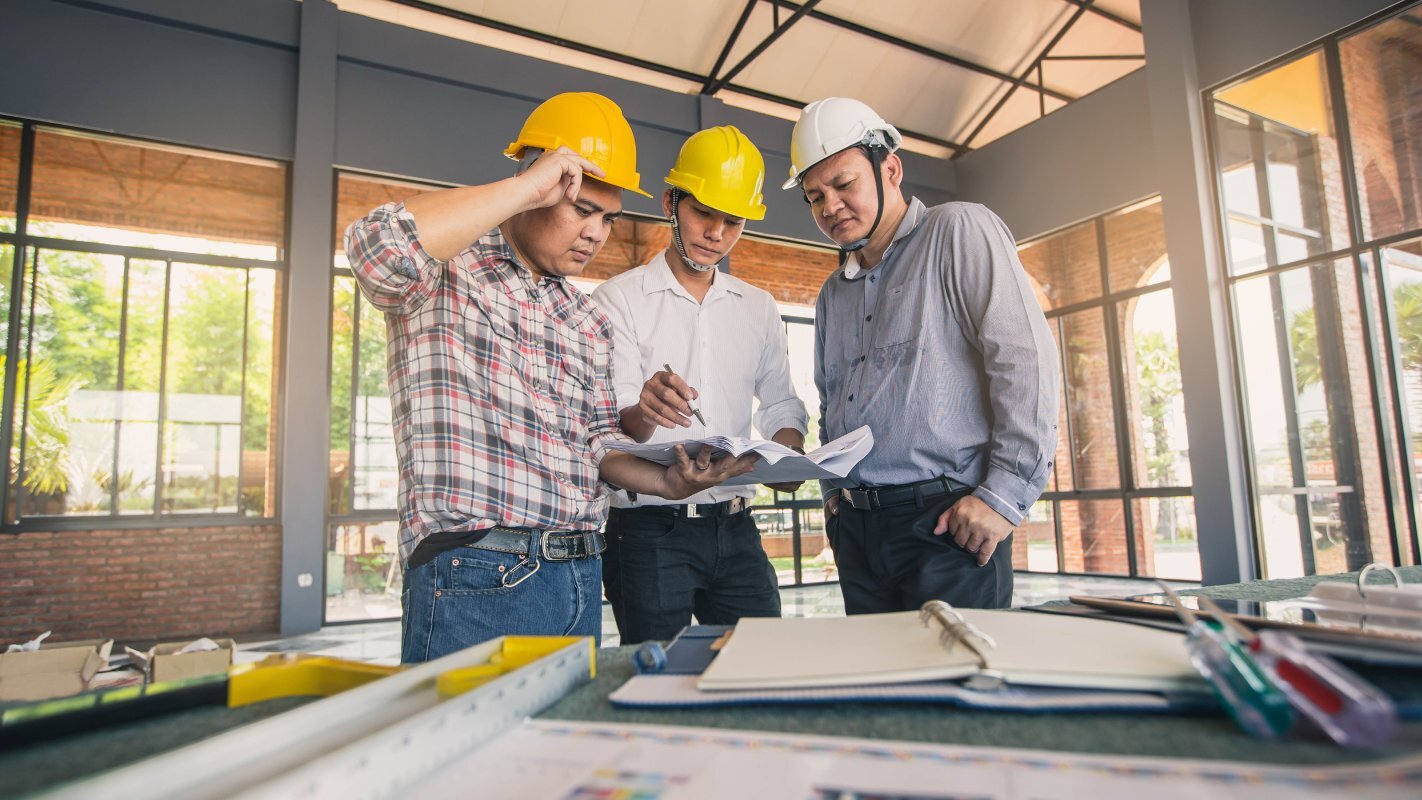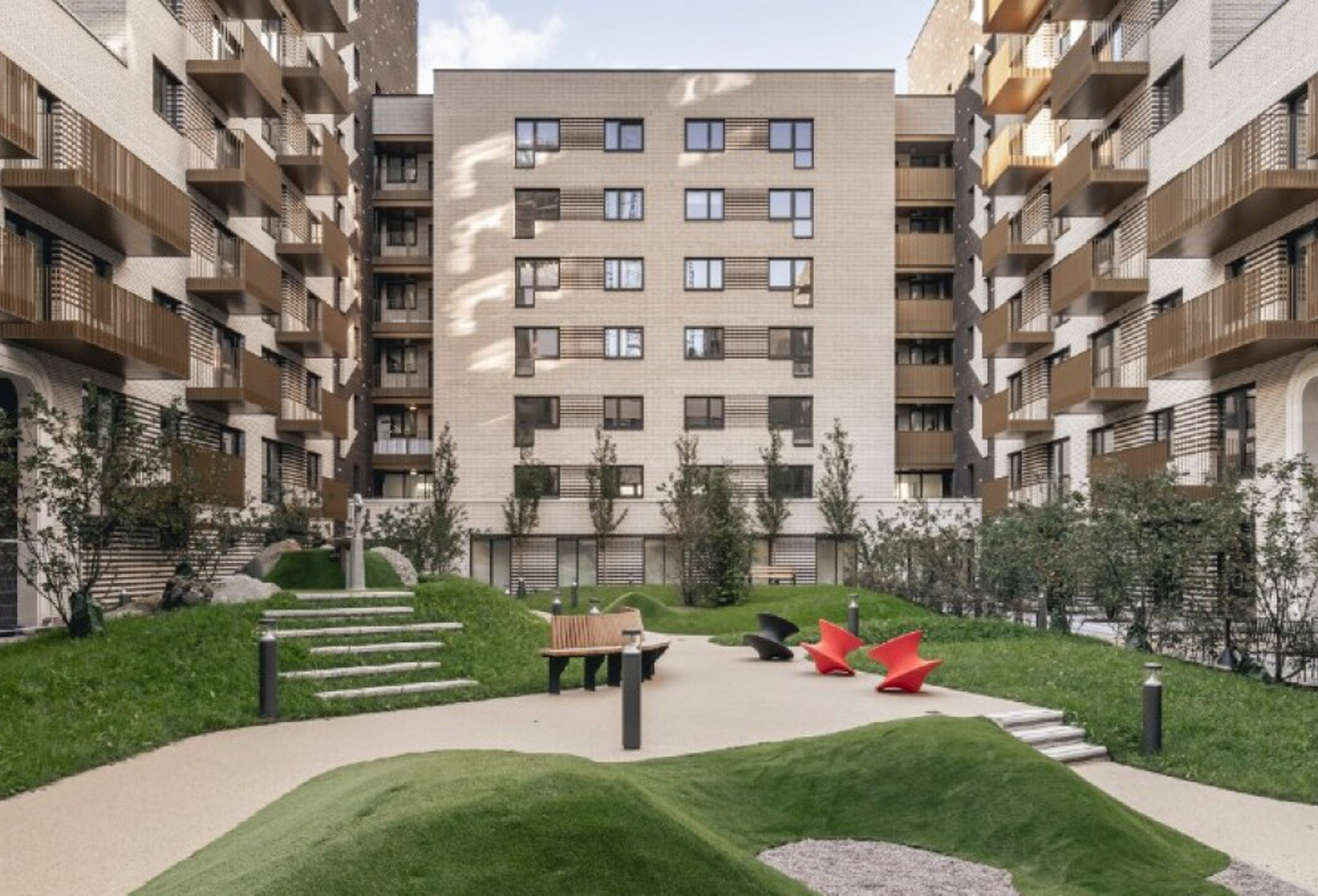Construction companies are discovering that aerial perspectives can revolutionise how they manage projects, document progress, and showcase their work. Drone photography for construction has emerged as an essential tool that provides unprecedented insights into construction sites while creating powerful visual content for marketing purposes.
The technology offers construction professionals a bird’s-eye view of their projects, enabling better decision-making and more effective communication with clients and stakeholders. As drone technology becomes more accessible and regulations clearer, construction companies of all sizes are integrating aerial photography into their standard operating procedures.
Benefits of Drone Photography in Construction
Progress Monitoring
Traditional progress monitoring often involves time-consuming site walks and manual documentation that can miss critical details. Drones capture comprehensive aerial footage that reveals the entire scope of work in minutes rather than hours. Project managers can compare aerial images taken at different stages to track progress against schedules and identify potential delays before they become costly problems.
Regular drone flights create a visual timeline of construction phases, making it easier to communicate progress to clients who cannot visit sites frequently. These aerial perspectives also help identify areas where work may have deviated from original plans, allowing for quick corrections.
Site Surveys
Accurate site data forms the foundation of successful construction projects. Drones equipped with high-resolution cameras can survey large areas quickly, capturing detailed information about topography, existing structures, and site conditions. This aerial data often reveals features that ground-level surveys might miss, such as drainage patterns or access challenges.
The speed of drone surveys significantly reduces the time required for initial site assessment. Where traditional surveying methods might take days, drones can complete comprehensive site documentation in hours. This efficiency translates to faster project starts and more accurate initial planning.
Marketing Material
Construction companies need compelling visuals to showcase their capabilities and attract new clients. Drone photography produces striking aerial shots that highlight the scale and quality of completed projects. These images work particularly well for marketing materials, websites, and social media content.
Aerial photography captures construction projects within their broader context, showing how buildings integrate with surrounding landscapes and infrastructure. This perspective helps potential clients visualise the full impact of construction work and demonstrates the company’s ability to handle complex projects.
Legal and Safety Considerations
Regulations
Operating drones for commercial purposes requires understanding and compliance with aviation regulations. In the UK, commercial drone operators must obtain appropriate permissions from the Civil Aviation Authority. These regulations cover flight altitude limits, distance from people and structures, and restricted airspace zones.
Construction sites often fall under specific regulatory considerations due to their temporary nature and proximity to populated areas. Operators must obtain proper insurance coverage and maintain detailed flight logs for commercial operations.
Safety
Construction sites present numerous hazards for drone operations, including cranes, power lines, and heavy machinery. Successful drone photography requires careful coordination with site supervisors to plan flight paths that avoid obstacles and ongoing work activities.
Weather conditions play a crucial role in safe drone operations. High winds, rain, or poor visibility can make flying dangerous and produce unusable footage. Professional drone operators develop comprehensive safety protocols that prioritise both equipment protection and site personnel safety.
Pre-flight inspections and equipment maintenance become even more critical in construction environments where dust and debris can affect drone performance. Operators must also consider the impact of construction noise on their ability to maintain visual and audio contact with aircraft.
Elevating Construction Through Aerial Innovation
Drone photography has transformed from an expensive luxury to an essential construction tool that delivers measurable returns on investment. Companies that embrace this technology gain competitive advantages through improved project monitoring, more accurate site data, and superior marketing materials.
The integration of drone photography into construction workflows represents a natural evolution in how the industry approaches project management and client communication. As regulations continue to develop and technology becomes more sophisticated, early adopters will be best positioned to maximise these benefits.
Construction professionals considering drone photography should start with small pilot projects to understand the technology’s capabilities and limitations. This approach allows companies to develop internal expertise while demonstrating value to stakeholders and clients.



